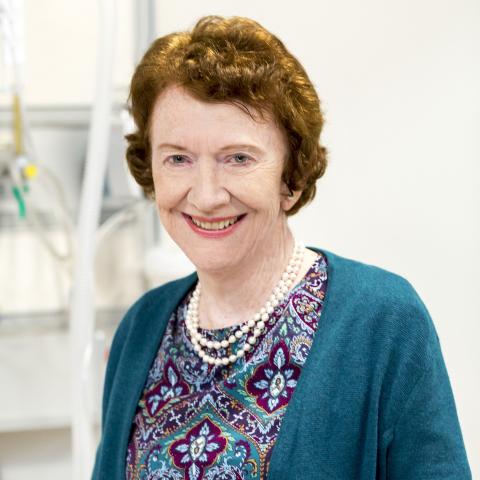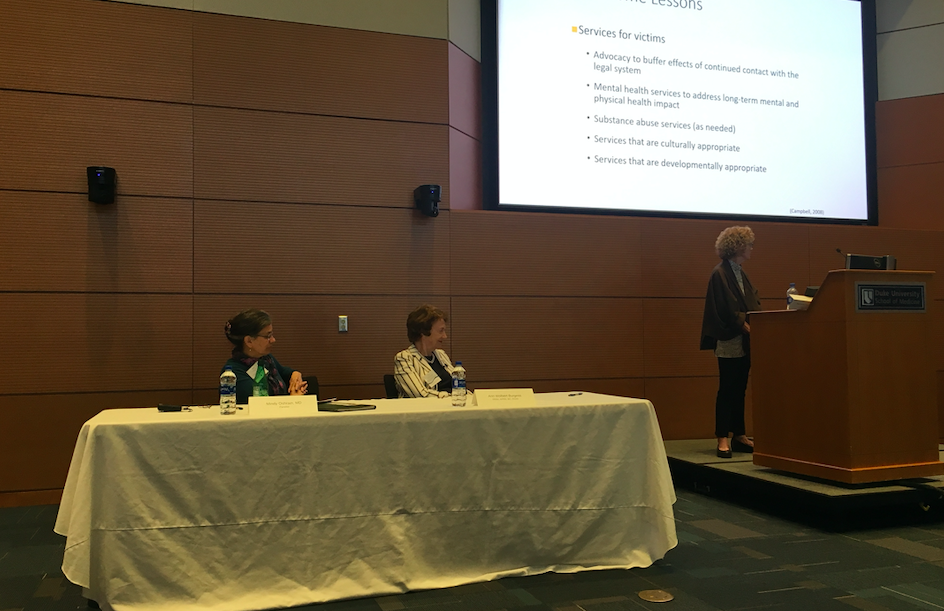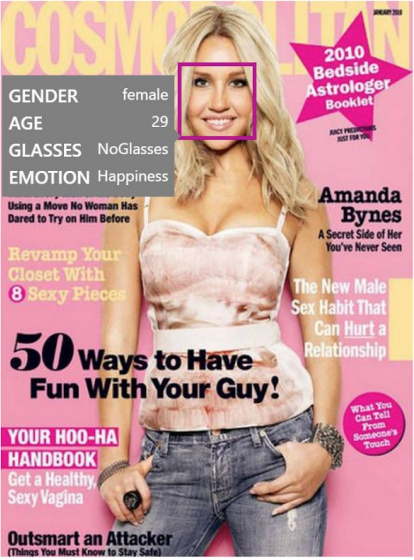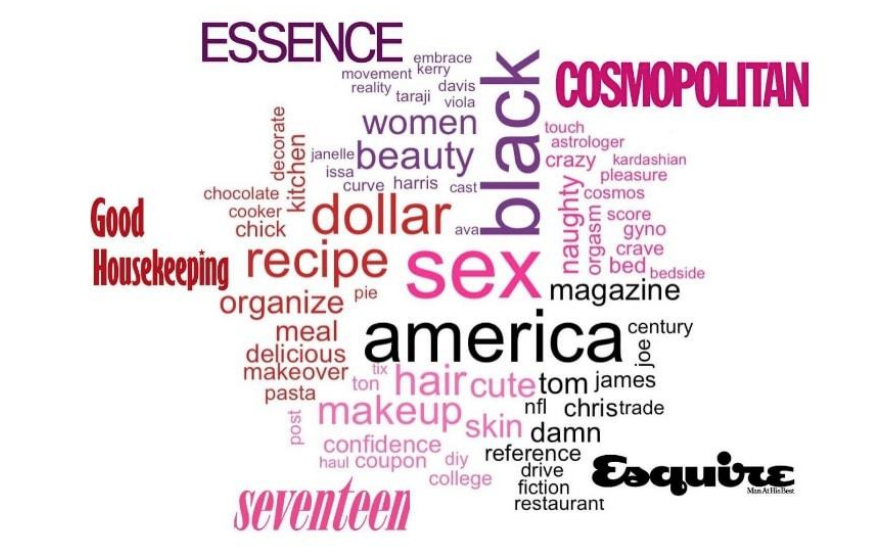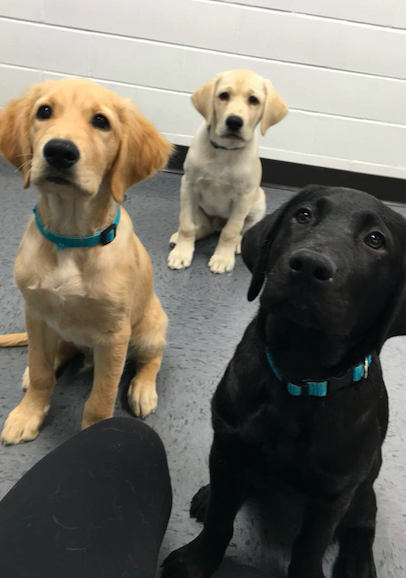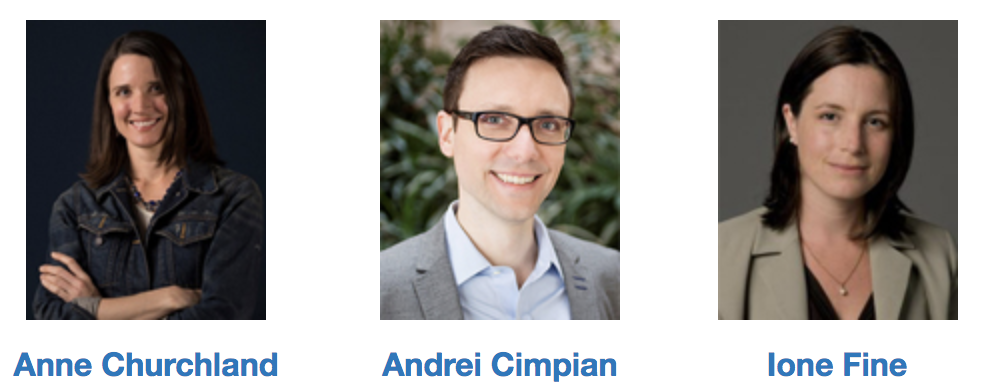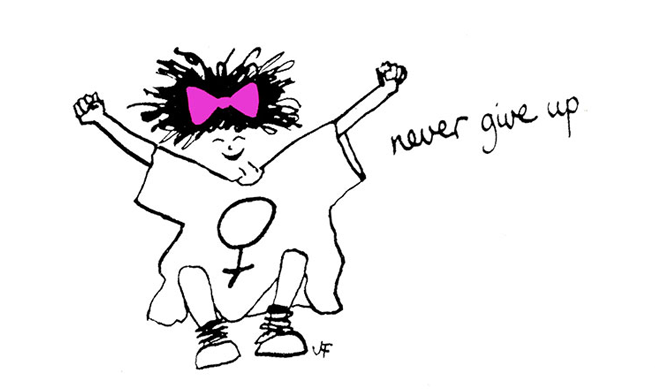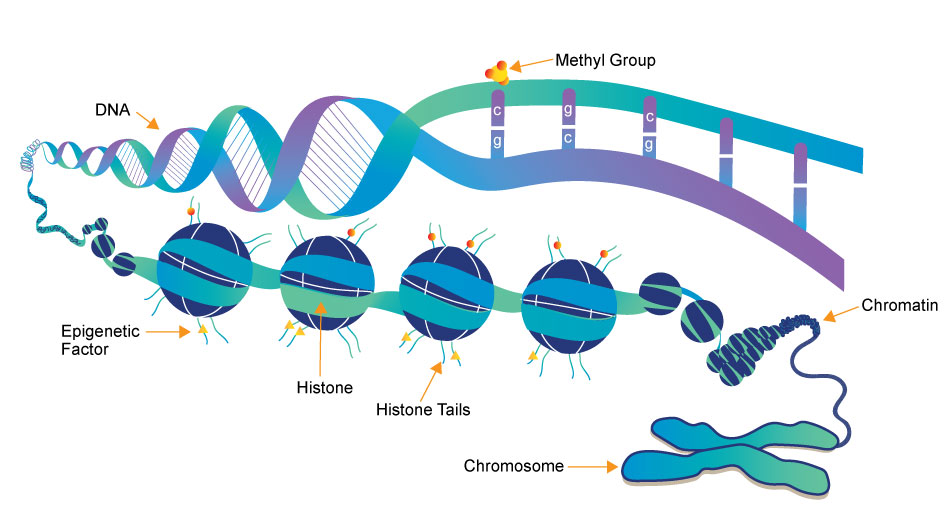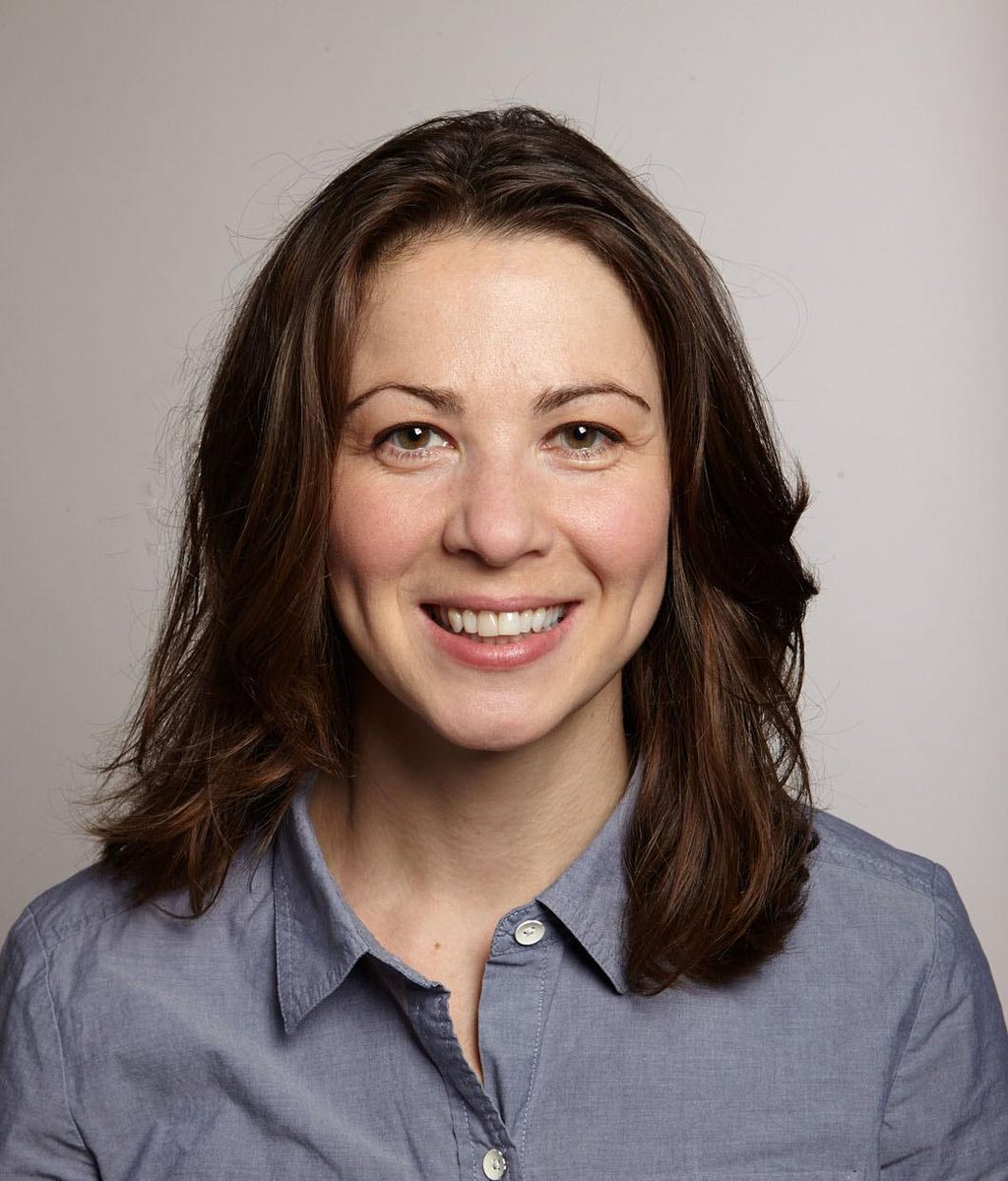Emerging technology has created a new doping technique for athletic performance that is, as of now, perfectly legal.
Coined “neuro-doping,” this method sends electric current through one’s brain to facilitate quicker learning, enhanced muscular strength, and improved coordination. Use of this electronic stimulus has taken off in the sports world as a replacement for other doping methods banned by the World Anti-Doping Agency (WADA). Because it’s relatively new, WADA has yet to establish rules around neuro-doping. Plus, it’s virtually undetectable. Naturally, a lot of athletes are taking advantage of it.

One specific method of neuro-doping is known as Transcranial Direct-Current Stimulation (tDCS). It works by sending a non-invasive and painless electrical current through the brain for around three to 20 minutes, in order to excite the brain’s cortex, ultimately increasing neuroplasticity (Park). This can be done commercially via a headset like device for $200.
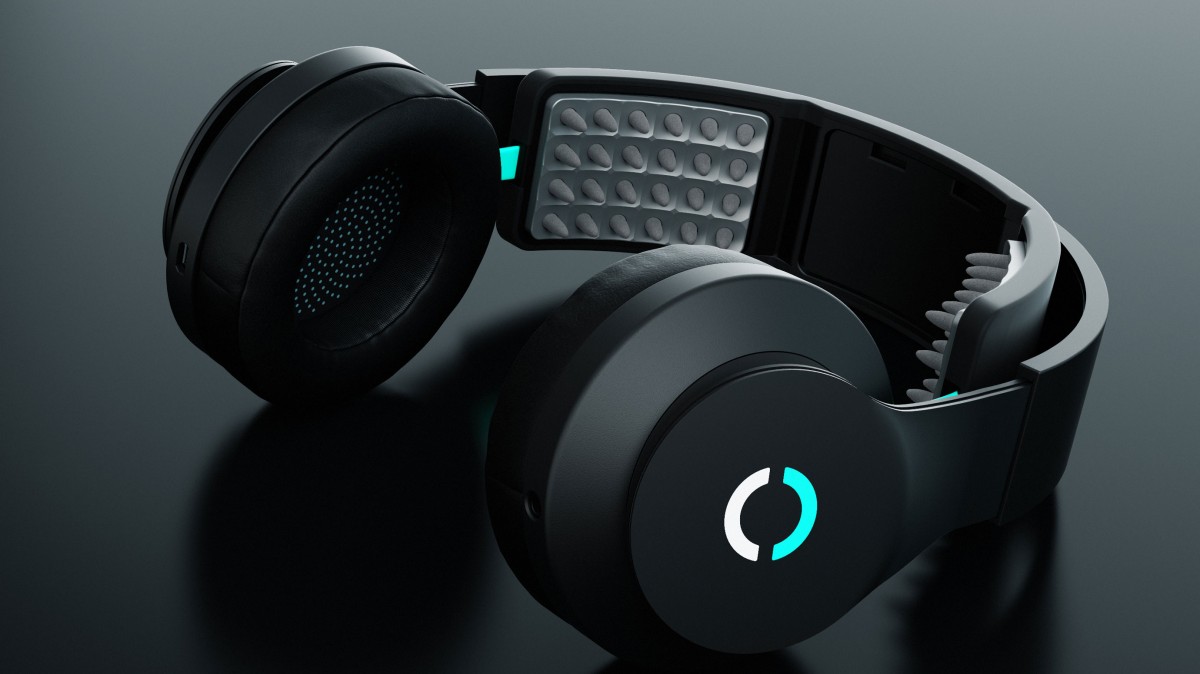
Weight lifters, sprinters, pitchers, and skiers are just some of many types of athletes who can benefit from tCDS. By practicing with these headphones on, new neural pathways are constructed to help their bodies achieve peak performance. Dr. Greg Appelbaum, director of Opti Lab and the Brain Stimulation Research Center, says it’s especially useful for athletes where technique and motor skills triumph — such as a sprinter getting out of the blocks or an Olympic ski jumper hanging in the air. Top-tier athletes are pushing that fine limit of what the human body can accomplish, but neuro-doping allows them to take it one step further.

Neuro-doping has other applications, too. Imagine insanely skilled Air Force pilots, surgeons with exceptionally nimble hands, or soldiers with perfect aim. tCDS is being used to make progress in things like Alzheimer’s and memory function because of its impact on cognitive functioning in the forms of increased attention span and memory. You could even learn the guitar faster.
In this sort of context, it’s a no brainer that neuro-doping should be taken advantage of. But how ethical is it in sports?
The precedent for WADA to ban a substance or technique has been based on meeting two of the following three criteria: (1) drugs or tools that likely enhance performance to secure a winning edge; (2) drugs or tools that place athletes’ health at risk; (3) any substances or techniques that ruin the “spirit-of-sport” (Park). Lots of research has shown tCDS is pretty legit. As for health risks, tCDS is still in the experimental stage, so not much can be said about its side effects. Ethically, it causes a lot of controversy.
Many issues come into play when thinking about allowing athletes to neuro-dope. Given its similarities with other popular drugs, tCDS could introduce unfair advantages. Furthermore, not everyone may have access to the technology, and not everyone may want to use it. However, it’s important to note that sports already have unfair advantages. Access to things like proper coaching and nutrition may not be a reality for everyone. Sports are just inherently competitive.

Back when baseball players doped, it was awesome to watch them crush balls out of the park. Reintroducing performance enhancement through tCDS could mean we start seeing mountain bikers launching insane air and world records being smattered. The human body could achieve newfound heights.
Are the benefits worth it? Does neuro-doping ruin the “spirit of the sport?” Regardless of these important questions, tCDS is a fascinating scientific discovery that could make a difference in this world. So, what do you think?

Park, Cogent Social Sciences (2017), 3: 1360462
https://doi.org/10.1080/23311886.2017.1360462






